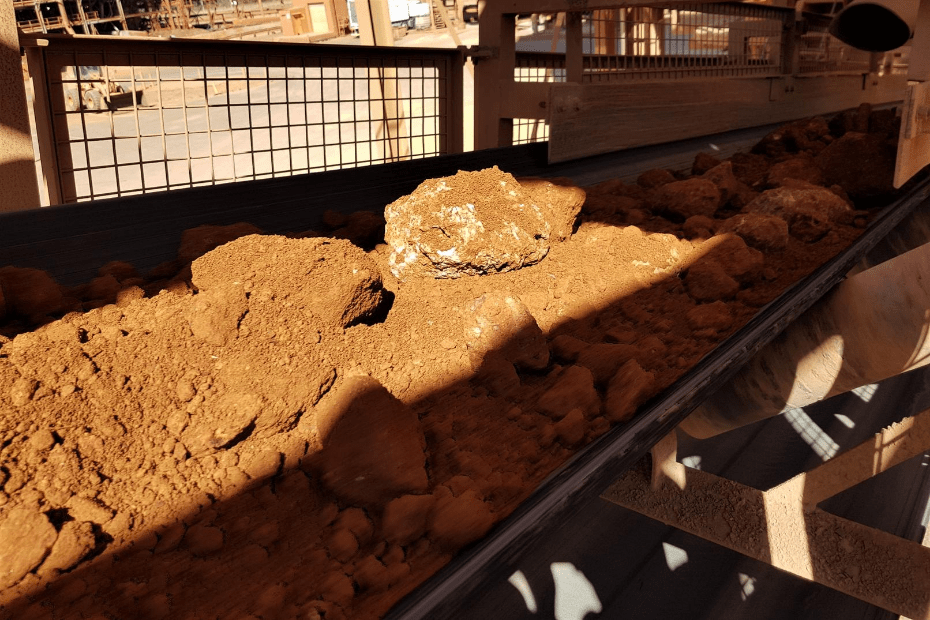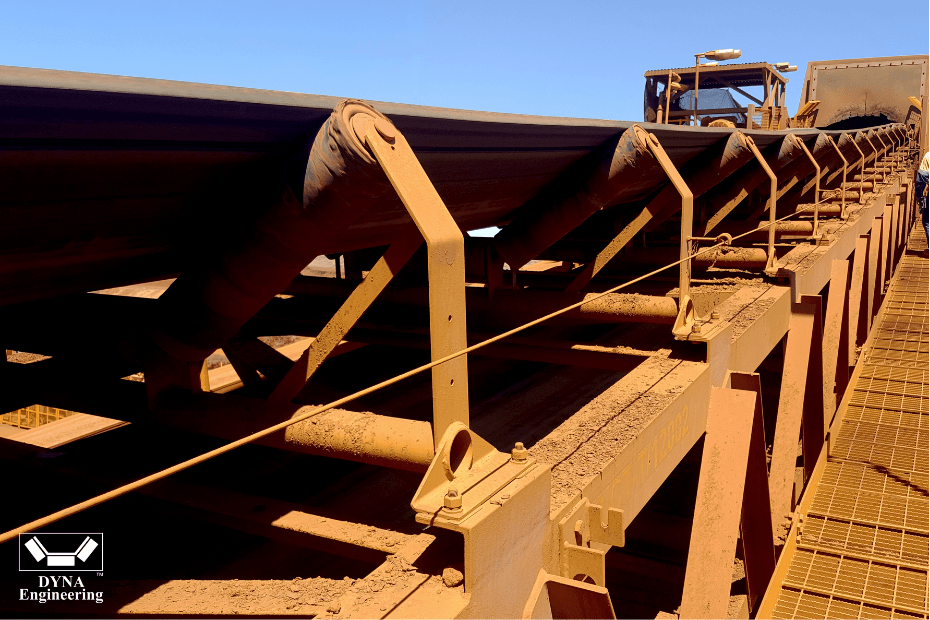
Understanding Textile Belts
When it comes to textile rubber conveyor belts, also known as fabric belts, the different types and specifications can be overwhelming. There are so many different types, thicknesses, layers and strengths, it’s hard to know where to start. This article outlines some of the basics to point you in the right direction.
Conveyor Belt Cover
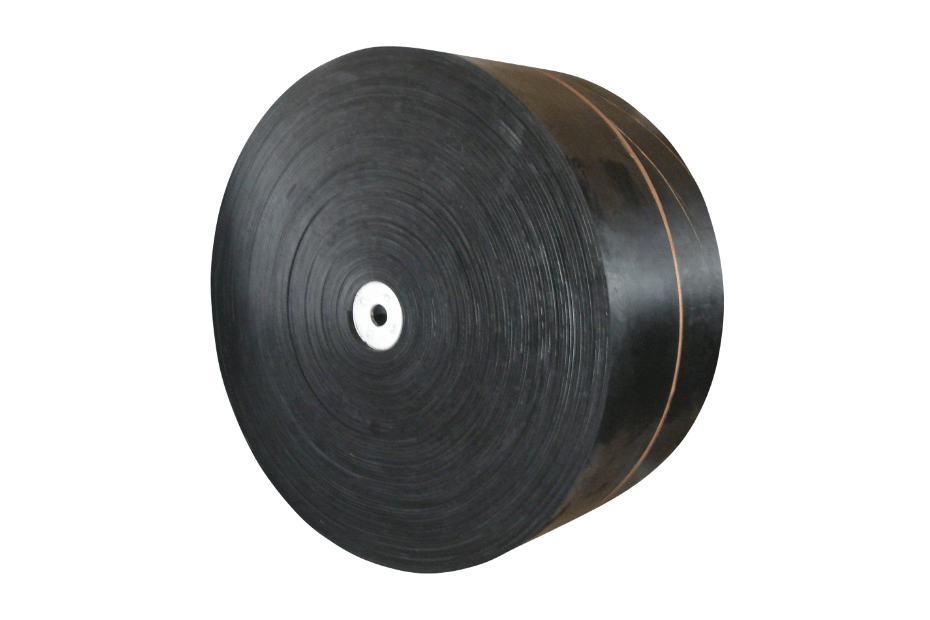
Conveyor belt covers range in thickness depending on the application. The top cover is exposed to the material and is generally the thicker cover. This is due to the top layer being consistently worn away from the impacts of the conveyed material.
The bottom cover, also know as the clean side, is in contact with the pulleys and rollers. This side is generally thinner than the top cover as it wears much slower.
Covers vary in thickness to accommodate differing wear rates caused by, amongst other factors, material loads, material movement against the belt surface and material impact at the loading points.
The greater the load, movement or impact, the higher the rate of wear that occurs for the top cover. Increasing or decreasing the top cover thickness is a trade-off between cost vs life. The aim is to provide a suitable wear life of the belt, without excessive cost, before it needs to be replaced.
The thickness of the covers adds or subtracts from the belt mass. The belt mass has an impact on a range of factors which need to be considered in the structural design of the conveyor. For example, frame, idlers and pulleys will need to be adjusted to accommodate the differences in forces a heavier belt will inflict.
Conveyor Belt Cover Grades
Under the Australian Standard for Conveyor Belting-Textile Reinforced, AS 1332-2000, each belt will be classified into one of the following grades.
Each grade has a minimum standard to be met to qualify for the grade.
Without going into too much detail, the grades are as follows:
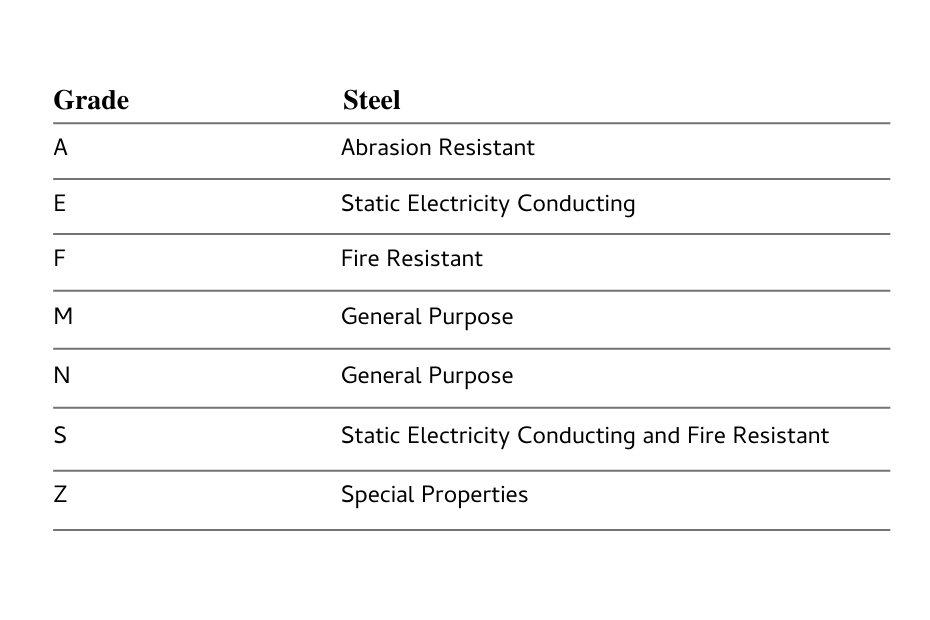
Belt Fabric/Cord (Belt Carcass)
The belt carcass is located in the middle of the conveyor belt, between the top and bottom covers. The carcass is what dictates the strength and elongation of the conveyor belt.
Textile belts, as the name suggests, has fabric layers which make up the carcass of the conveyor belt. Each of the different materials have their advantages and disadvantages depending on what your application and specifications are.
The common fabric types are:
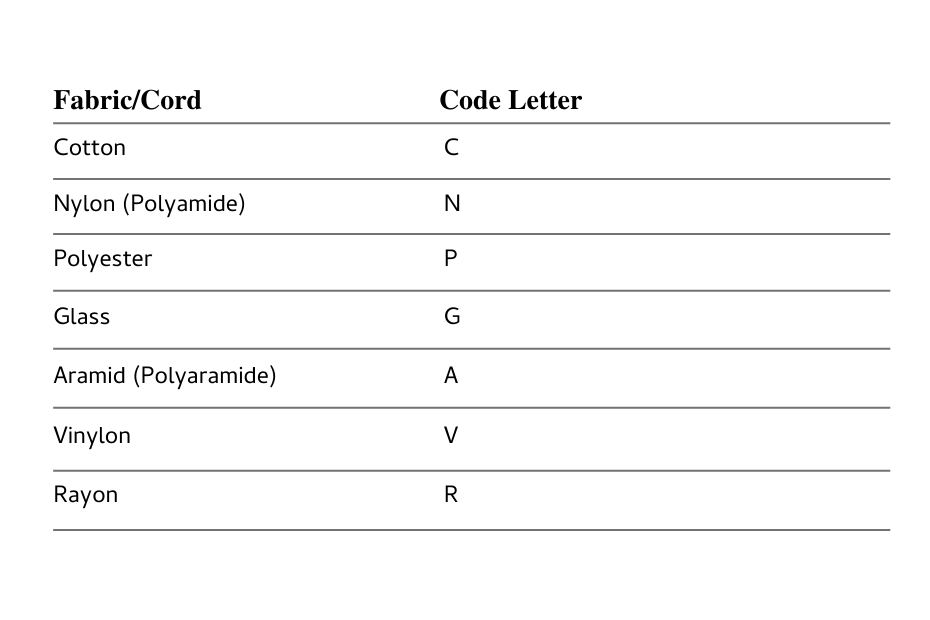
Each of the fabric types are not mutually exclusive. For example, a commonly used conveyor belt is PN belt. PN is a combination of polyester and nylon which have been blended to achieve greater properties than one has alone.
Number of Fabric Layers
A factor which is important to the strength and elongation of the conveyor belt is the number of layers of fabric within the belt carcass.
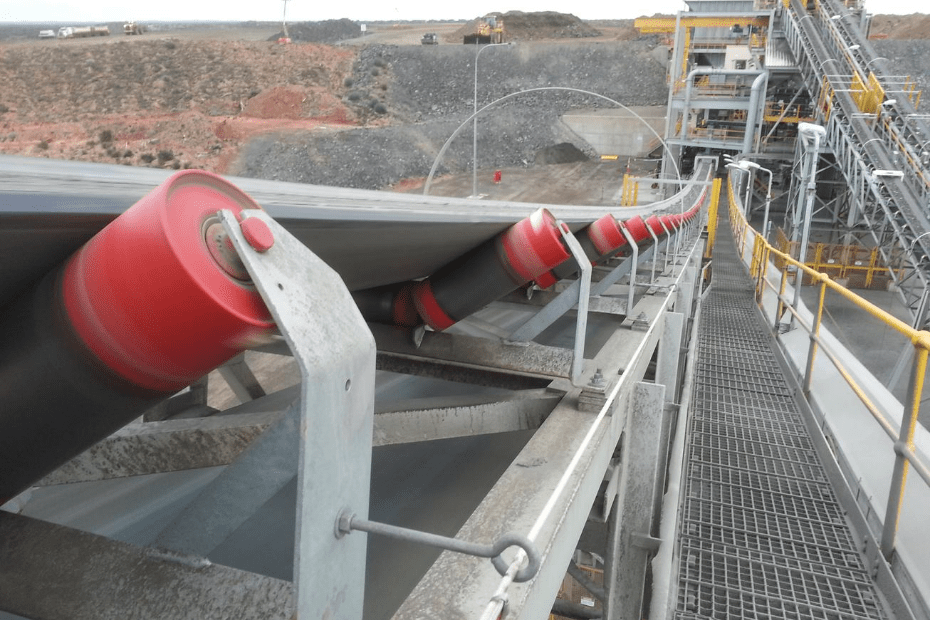
Let’s compare it to a real-life example. If you try and stretch a single bed sheet, it doesn’t put up much resistance. Now fold the bed sheet twice. You now have 4 layers. If you try and stretch the bed sheet with 4 layers, it is significantly harder. It’s a similar outcome for textile belts. So, in the case of textile belts, a number of layers of fabric are typically combined to achieve the desired properties.
Adding more layers to the conveyor belt may increase the strength, but it also affects the flexibility. Design considerations of the conveyor need to take into account the specifications of the conveyor belt which can dictate many design aspects of the conveyor.
Design Considerations
Some of the common design considerations include: minimum pulley diameters, idlers, belt width and troughability.
A common example is the pulley diameters. If the diameters are on the smaller side, the belt flexibility needs to be higher to wrap around the pulley effectively. Too many layers of fabric may cause excessive stress on the conveyor belt which can lead to faster failure rates.
Tensile Strength

Under AS 1332-2000, tensile strength is the reading of the expected strength of the conveyor belt. This is most commonly measured in kN/m (kilo newtons per metre of width) in the longitudinal direction (along the belt).
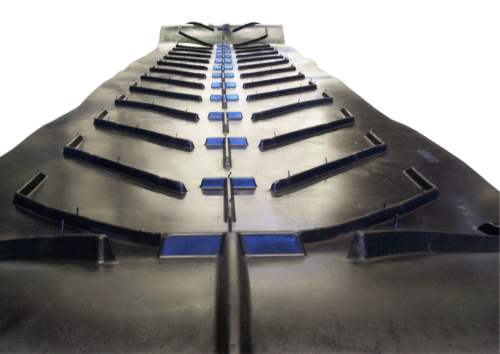
Under AS1332-2000, the belt is given a designation to allow engineers to easily identify the specification of the belt. The designation is marked on the belt during manufacture and thus can be easily read to identify the basic specifications and other features of the belt.
Confident Reading Conveyor Belt Designations?
After reading this article you should be confident identifying key factors in belt specifications.
Let’s do a little test:
Explain what belt designation – PN 1000/3 M 8 3 DYNA 19 – specifications are.
The answer is:
Polyester Nylon fabric belt, tensile strength of 1000 kN/m, has 3 layers of fabric and the covers are made of M grade rubber. The belt has 8mm thick top cover, 3mm thick bottom cover. The manufacturer is DYNA Engineering and the year of manufacture is 2019.
If you would like to find out more information on our rubber conveyor belts, check out our textile conveyor belt page or steel cord conveyor belt page or contact us on our website.
Related Blog Posts
Common Causes of Belt Damage
Conveyor belts are a viable component in a conveyor system. It is important to maintain them correctly and minimise any potential stoppages or damage to maintain the maximum up time and…
Rubber Conveyor Belt Grades
When looking at rubber conveyor belts, on the surface they all appear very similar. However, when designed and manufactured correctly, each different specification of rubber…
Common Causes of Belt Mistracking
Sometimes conveyor training rollers need some attention. The photo above shows a traditional training roller and frame being held in place by a rope. It’s common to see trainers tied with rope…
